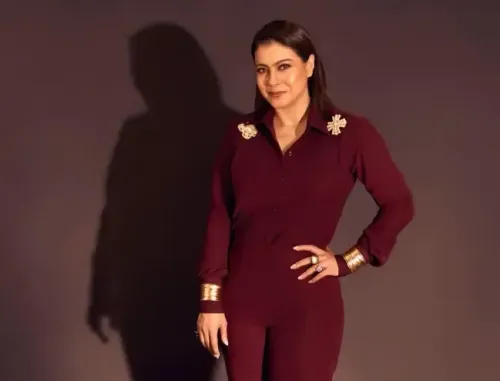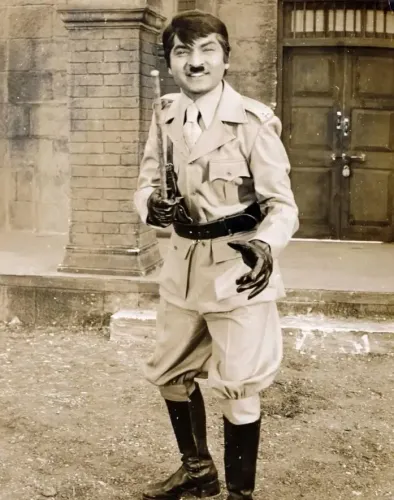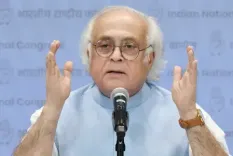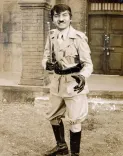Did Anubhav Sinha Uncover the Fascinating Journey of Popcorn in Cinema?

Synopsis
Key Takeaways
- Popcorn's origins trace back over three thousand years to South America.
- It became popular in America during the Great Depression.
- Popcorn was initially excluded from theaters due to its perceived low-class status.
- Today, popcorn and beverages are key revenue sources for cinemas.
- Filmmakers face questions about the cost of experiencing a movie.
Mumbai, July 17 (NationPress) - Filmmaker Anubhav Sinha shared an insightful note on social media, delving into the captivating history of popcorn. In a detailed post on Instagram, he examined how popcorn's journey began in ancient South America, evolving into an essential aspect of the movie-watching culture.
Sinha's post featured an intriguing image of various popcorn styles, stating, “There's a significant conversation surrounding popcorn and cinema these days. I felt compelled to explore its historical roots. It's believed that popcorn originated in South America, with indigenous tribes in Mexico and Peru enjoying it over three thousand years ago. In the early 1800s, a man named Charles Crater devised a steaming method to pop corn, marking the beginning of popcorn's popularity. It then gained traction at fairs, circuses, and similar gatherings.”
“When theaters emerged in America during the early 20th century, popcorn was initially associated with bars. However, its noisy nature, messiness, and perceived status as a lower-class snack kept it out of theaters. The turning point came during the Great Depression. As people struggled financially, popcorn became a low-cost treat. Consequently, vendors set up shop outside theaters, leading to popcorn's eventual acceptance inside at a premium price. This marked a significant shift, as even those with limited means could enjoy popcorn while watching films. The trend of cold drinks emerged alongside popcorn, creating a delightful pairing.”
In his note, the ‘Anek’ director added, “Post-World War II, there was a sugar shortage, making cold drinks scarce and expensive. However, popcorn thrived, and the combination of popcorn and beverages became a cinema staple. Today, these treats often generate as much revenue as the films themselves. Filmmakers face the question of why audiences should spend so much to see a movie, while the reality is that they are only responsible for the film, not the food sales. If viewers are unhappy, they can simply choose not to watch.”
Anubhav concluded his note by pondering, “I wonder how much popcorn we consume at home. Do you enjoy it weekly, monthly, or only in theaters?”









